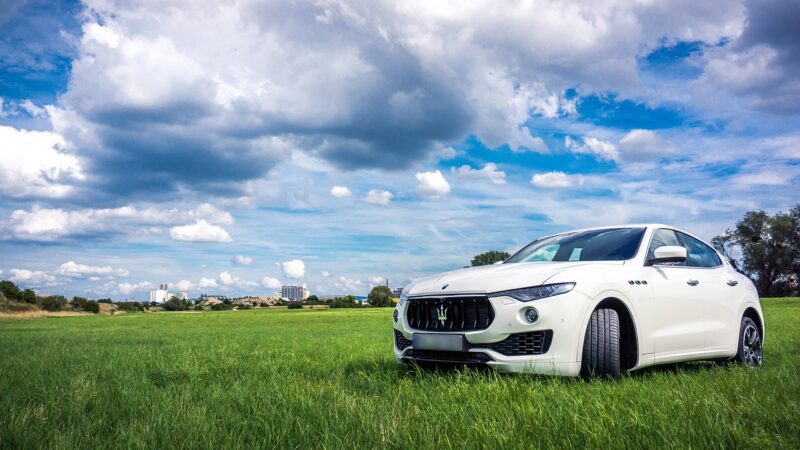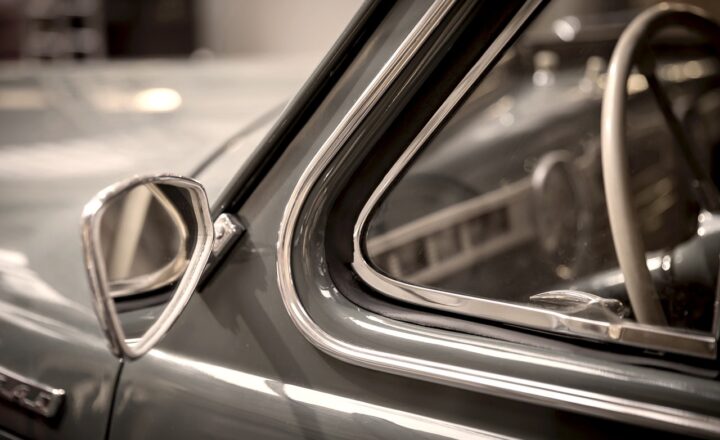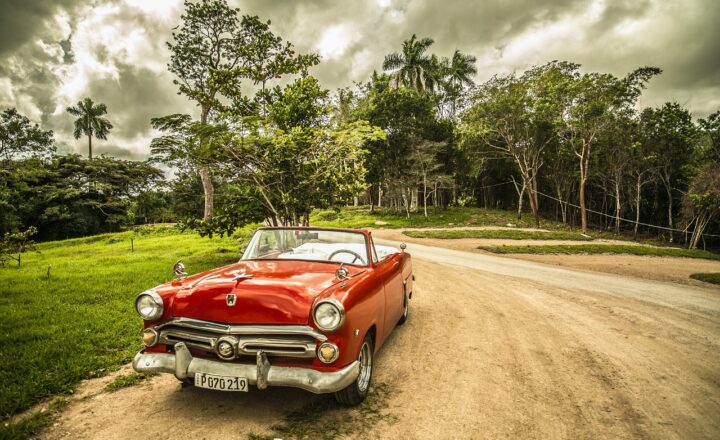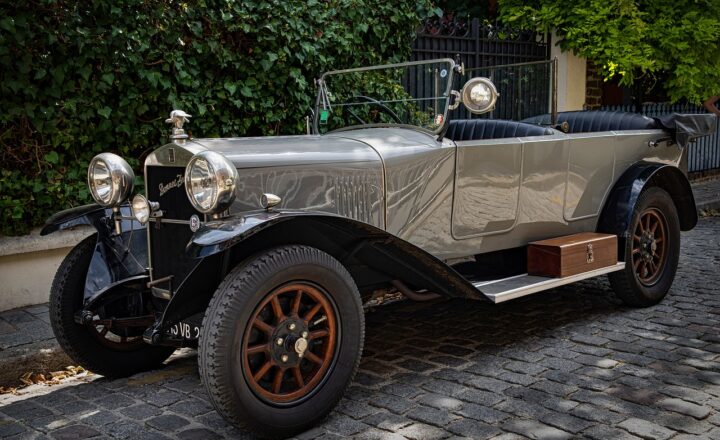
The Maserati Ghibli, often overshadowed by its more famous counterparts, deserves recognition as one of the most captivating Italian sports sedans ever to hit the roads. With its stunning design, luxurious features, and robust performance, the Ghibli brings an aura of sophistication and excitement that few vehicles can match. In this article, we will explore the history, design, performance, and cultural significance of the Maserati Ghibli, as well as its legacy in the world of luxury automobiles.
1. The Birth of an Icon: History of the Maserati Ghibli
The Maserati Ghibli was first introduced in 1966 at the Turin Motor Show in Italy. It was created to compete in the high-performance sports car market dominated by brands like Ferrari, Lamborghini, and Porsche. The Ghibli quickly made a name for itself as a luxurious car that combined stunning aesthetics with awe-inspiring performance.
Conceived by the renowned Italian designer Giorgetto Giugiaro, the Ghibli was crafted with a sleek, elongated profile that captured the essence of Italian automotive design. The name ‘Ghibli’ itself is derived from a hot desert wind in Libya, symbolizing the car’s capacity to evoke speed and power.
At launch, the Ghibli was fitted with a powerful 4.7-liter V8 engine, capable of producing an impressive 330 horsepower, a significant figure for that era. This allowed the Ghibli to sprint from 0 to 60 mph in just 5.4 seconds, firmly placing it in the realm of supercars.
2. A Design Masterpiece: The Exterior and Interior
The design of the Maserati Ghibli is iconic, reflecting the fluid lines and aggressive stance typical of Italian sports cars. The exterior features a long hood, a low profile, and a cleverly sculpted rear that creates an imposing presence on the road.
One of the car’s most defining features is its front grille, adorned with the trident emblem, which is synonymous with Maserati. This emblem anticipates the performance and prestige that the Ghibli offers. Additionally, the headlights are gracefully integrated into the bodywork, contributing to the streamlined appearance.
Inside, the Ghibli showcases a blend of luxury and sportiness. Assorted leathers, polished woods, and chrome accents create a sumptuous environment. The seats are designed for both comfort and support, ensuring an enjoyable ride whether navigating city streets or winding country roads.
The dashboard layout is driver-focused, with gauges and controls positioned for optimal accessibility. Maserati’s commitment to craftsmanship is evident, as each detail signifies the brand’s dedication to quality.
3. Performance: Power Under the Hood
The Maserati Ghibli has always been synonymous with performance, and the latest iterations remain true to this legacy. Under the hood, the various models have come equipped with different engines:
- 1966-1973 Ghibli I: The original Ghibli featured a 4.7-liter V8 engine, producing 330 hp, and the option for an even more powerful 4.9-liter version in later models.
- 1992-1998 Ghibli II: An evolution of the original, this model included various engine choices, including a 2.8-liter twin-turbo V6 that packed a punch with 280 hp.
- 2013-2023 Ghibli III: The modern iteration employs a range of twin-turbo V6 engines, with outputs up to 424 hp, showcasing Maserati’s move towards turbocharged performance.
With a rear-wheel-drive layout and a finely-tuned suspension system, the Ghibli delivers a thrilling driving experience. The grip and responsiveness allow drivers to navigate corners with confidence while the exhaust note resonates with an enticing growl that captures attention.
4. The Cultural Impact of the Maserati Ghibli
The Ghibli has made its mark on popular culture, particularly in film and music. The car’s allure is evident in its appearances in movies like “The Italian Job” and various international films that recognize its aesthetic charm. Lyrics and references in music have also praised Maserati’s legacy, demonstrating its status as a symbol of luxury and performance in society.
The vehicle has been owned by notable figures, including celebrities, filmmakers, and successful entrepreneurs, further cementing its place as a classic in the automotive world. The lifestyle associated with owning a Maserati Ghibli evokes feelings of success, sophistication, and class.
5. The Ghibli Today: A Modern Perspective
Today, the Maserati Ghibli continues to evolve, adapting to the demands of modern luxury and technology while maintaining its classic charm. The latest models are equipped with advanced infotainment systems, driver-assistance features, and connectivity options, seamlessly merging tradition with modernity.
As Maserati pushes forward into the era of electric vehicles and sustainable technology, the Ghibli stands as a testament to the brand’s commitment to performance and luxury. While it remains a classic, Maserati is keen on redefining the future without losing sight of its roots.
Conclusion
The Maserati Ghibli is not just an automobile; it is a celebration of Italian craftsmanship, style, and power. From its origins in the 1960s to its modern iterations, it has captivated automotive enthusiasts worldwide. As we reflect on the legacy of the Ghibli, it becomes clear that it deserves a place in the pantheon of classic sports cars. Maserati has not only created a vehicle of extraordinary performance but has also crafted a cultural icon that resonates with those passionate about luxury automobiles.
Whether you are driving the classic model or its luxurious modern counterpart, the Ghibli is a symbol of what it means to be a true Italian classic, and its story continues to inspire future generations.






